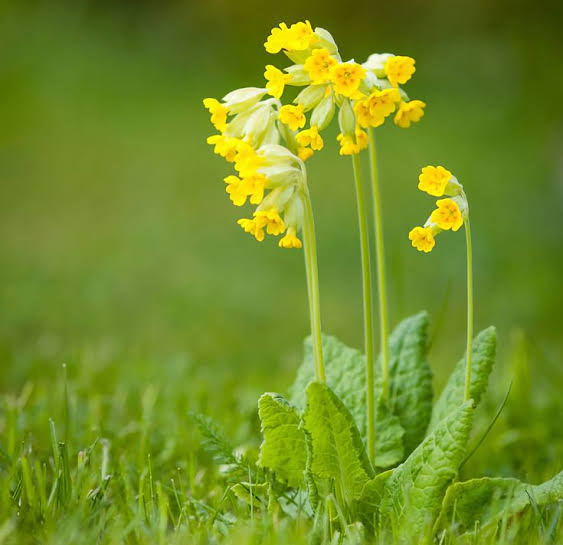- +033 2572 7171
- info@dhanvantary.com

4.5 Rating | 4500 Review

4.5 Rating | 4500 Review
Larrea Tridentata is a group of closely related wild shrubs. It has a number of other common names. As a plant known as “creosote bush” and “greasewood”, as a medicinal herb known as “chaparral” and as “gobernadora” in Mexico.

Kingdom
Plantae
Clade
Angiosperms
Clade
Eudicots
Clade
Rosids
Order
Zygophyllales
Family
Zygophyllaceae
Genus
Larrea
Species
L. tridentata
Binomial name
Larrea tridentate
Common Name
Chaparro, Creosote bush, Dwarf evergreen oak, Gobernadora, Greasewood
It is an evergreen shrub growing to 1 to 3 m tall, rarely reach to 4 m (13 ft). The stems of the plant consist sticky, dark green leaves with two opposite lanceolate leaflets which are joined at the base, with a deciduous apex between them. Each leaflet 7 to 18 mm long and 4 to 8.5 mm thick. The flowers consist five yellow petals and grow up to 25 mm in diameter. The whole plant exhibits a unique odor of creosote (a brownish oily liquid) due to this it has a common name as Creosote bush. Its smell resembles the same as “smell of rain”.
Larrea tridentata contains nordihydroguaiaretic acid (NDGA), flavonoids as non-water-solubleaglycones, as water-soluble glycosides, and as sulfated flavonoids. It also contains triterpenesaponin as well as volatile oils, wax esters, sterols, and other hydrocarbons.
The main constitute of Larrea Tridentata is nordihydroguaiaretic acid (NDGA), which is medically beneficial. NDGA bears antioxidant and anticancer properties and may be useful in the treatment of various illnesses involving different systems of your body such as cardiovascular system, immune system, nervous system.
Larrea Tridentata consist of antioxidant property that help to prevent disease by decreasing the free radical level in the body. It protects blood vessels and arteries from the damage caused by high cholesterol level, atherosclerosis, high blood pressure, diabetes, and other causes.
The ethanolic extract of this herb reduces total cholesterol, triglycerides, insulin and enhance the sensitivity of insulin. It enhances the antioxidant capacity in the liver. This ethanolic extract of Larrea Tridentata helps to treat Multiple sclerosis (MS).
Research suggests this plant helps to treat cancer and viral diseases as it contains nordihydroguaiaretic acid (NDGA). This anticancer property, helps to treat several types of cancer including, breast, esophageal, prostate, lung, and skin cancer. It may slow down the growth of cancerous cells and tumor. It enhances some treatments and minimizes the negative side effects of chemotherapy on healthy cells.
NDGA (nordihydroguaiaretic acid) is a natural antioxidant which helps to reduce the endothelium and vasocontractility which is induced by HIV protease inhibitor ritonavir (RTV) in the porcine pulmonary arteries. NDGA restricts RTV action and inhibits superoxide anion production in Human Pulmonary Artery Endothelial Cells (HPAEC) and pulmonary arteries. This shows that the use of NDGA is useful in patients of HIV.
Oxidative stress play a major role in neurodegenerative disease. Oxidative stress can occur from free radicals. NDGA in Larrea Tridentata is antioxidants which help to inhibit the production of oxidative stress by free radicals. It provides a potential treatment for neurological disease and also protects brain cells from various types of damage. NDGA has been recommended as a potential treatment for:
NDGA boosts our immune system by suppressing and inhibiting certain viruses, such as Herpes simplex virus, HIV-1 (human immunodeficiency virus), HPV (human papilloma virus), and Influenza (flu) virus.
The appropriate dose of Larrea Tridentata depends on several factors such as patient’s age, health, and several other conditions. So it is better to consult the doctor, pharmacist or health care provider who is familiar to this herb.
